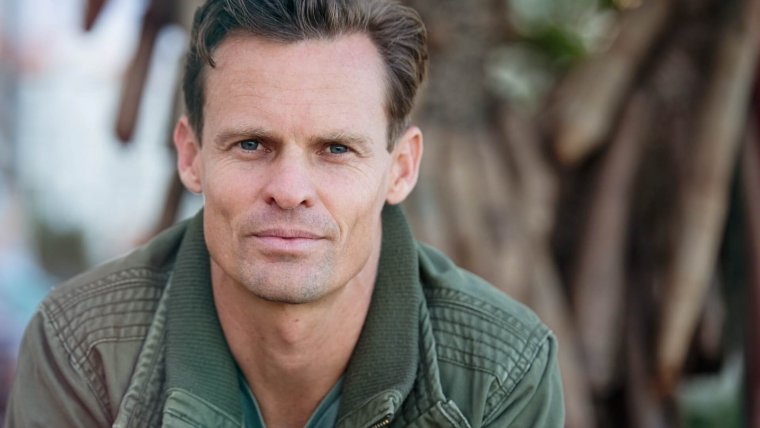
DOF, also known as depth of field, might seem like a strange and complicated technical term. In reality, it’s fairly easy to master.
There are two kinds of depth of field:
You can use both in portrait photography. Knowing how and when to use them can help you take stunning photos of people.
Table of Contents
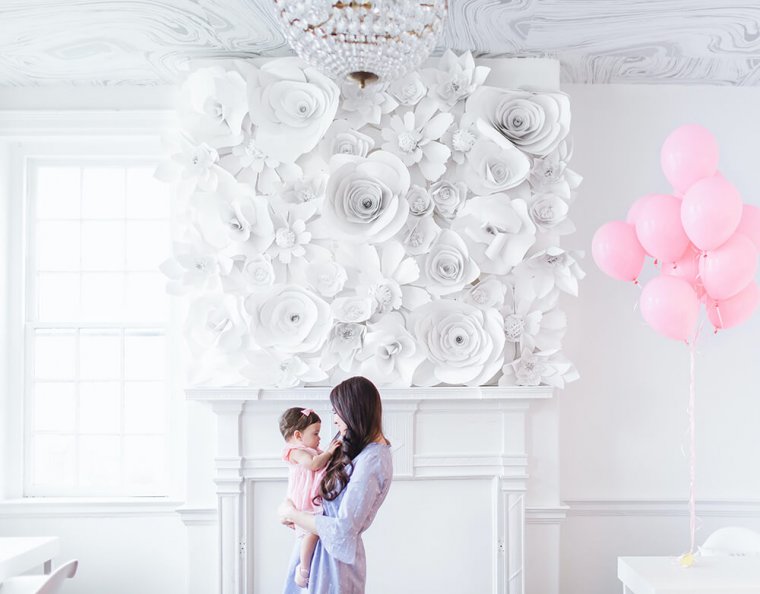
DOF relies on one camera setting: aperture. You can adjust it in a few different camera modes. If you want to have full control over your photos, switch to Manual Mode. If you don’t have access to Manual mode, look for Aperture Priority mode. This is symbolised by A or Av on your camera dial.
Look for the letter f on your camera screen. This is placed before the aperture number. For example, f/1.2 or f/16. You can change to any value depending on your creative preferences (you’ll learn more about this later.)
The greater the number, the sharper your photos will be. This means that you can capture more detail with an aperture like f/16. The smaller the number, the blurrier your backgrounds will look. This means that you’ll see less detail in backgrounds and foregrounds with an aperture like f/1.2.
This might seem a bit difficult to grasp at first, but don’t work! Make sure you experiment with different aperture values to get comfortable with the whole process.

Now you know that shallow DOF is “blurrier” than a deep DOF. Here’s some more information that will come in handy when you take portrait photos.
Your aperture value limit depends on your lens. The maximum aperture of a lens will determine how far you can go in terms of blur. If you want to invest in a good portrait lens, consider buying a prime lens. Prime lenses are affordable, work well in low light conditions, and have decent maximum apertures.
When you use a shallow DOF, keep details in mind. I strongly encourage you to manually focus on your model. If you use autofocus, your camera might focus on the wrong detail (e.g. the tip of your model’s nose) and blur everything else out. Manual focus will help you focus on the most important parts of your model’s face, such as their eyes.
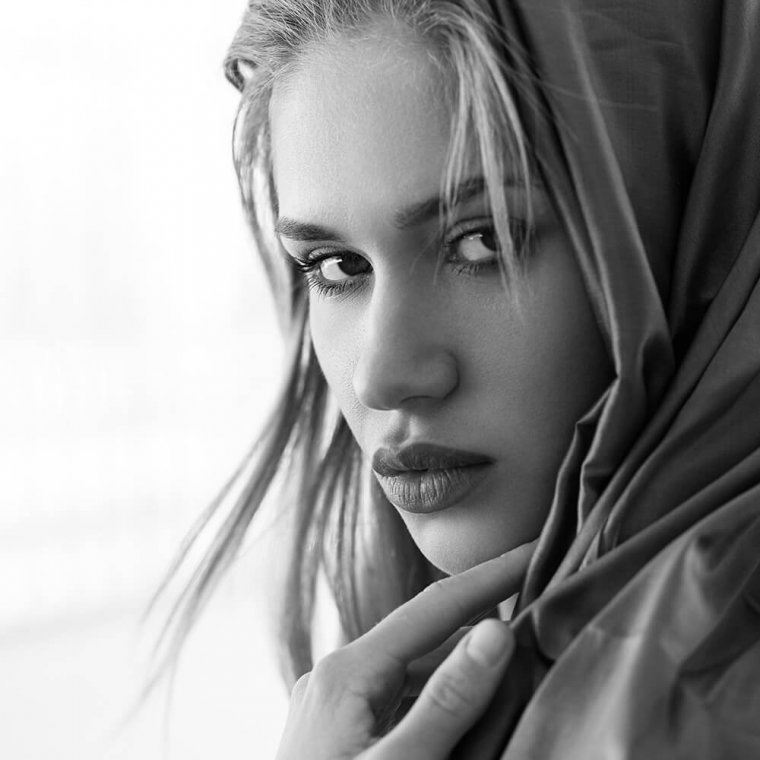
You should use a shallow DOF to make your model stand out from their surroundings. You can also use it in busy locations to blur out distractions.
Portraits with a shallow DOF tend to have a more intimate feeling to them. It’s easier to notice specific details, like eye colour or facial expressions, when most of the elements in a portrait are out of focus.
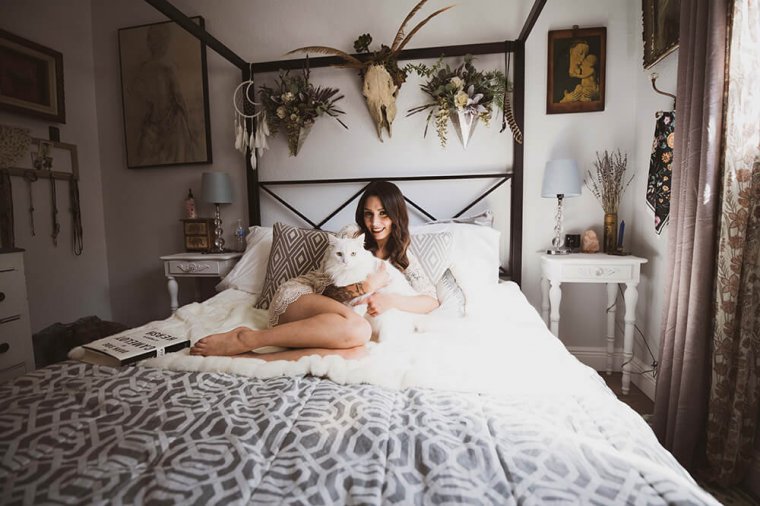
A deep DOF means that your photo will have more details on it. Your backgrounds and foregrounds will be less blurry.
You can use any lens to achieve this effect. The aperture value you choose depends on your taste. The greater the number (e.g. f/32), the more details you’ll be able to capture in your portrait. When you use a very small aperture, place your camera on a tripod to avoid motion blur.
Keep in mind that the more details you photograph, the busier your portrait will be. If you include too many details in your shots, you’ll end up with a messy portfolio of images. Even if you want to capture lots of details, be careful with your choice of location, clothing, etc. Pay attention to colours, designs, and textures.
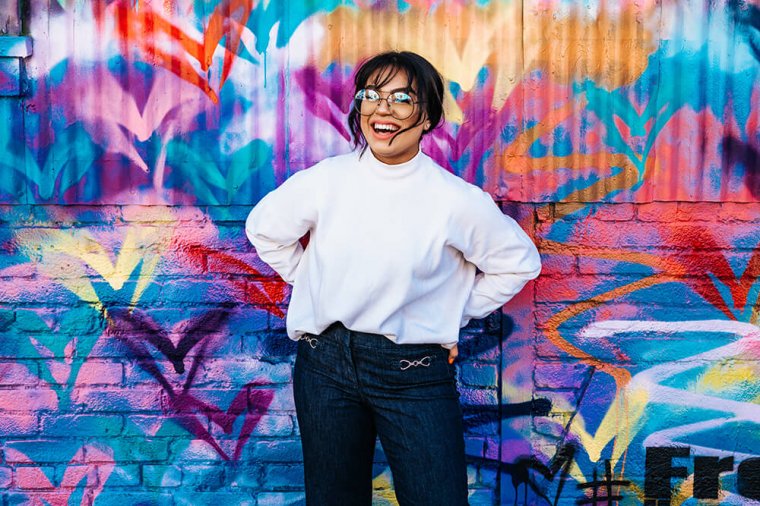
A deep DOF is often used in landscape photography, but you can experiment with it in portrait photography. Some photographers use it to take atmospheric or candid portrait photos. You can tell a story about your model by placing them in a familiar environment. The more details you capture, the more evident their lifestyle will be.
Journalists and street photographers often use a deep DOF to show people what life is like in different countries. All in all, it’s a fantastic way to improve your storytelling abilities.
DOF for portrait photography might sound complicated, but it’s very easy to master. If you don’t know what aperture to use, experiment with different ones! Don’t be afraid of leaving your comfort zone and trying new things.
Comments (0)
There are no comments yet.